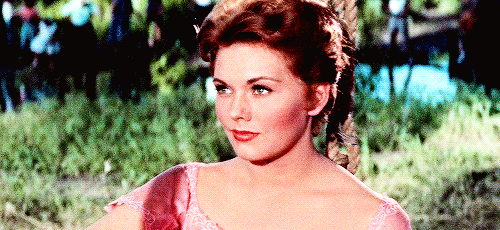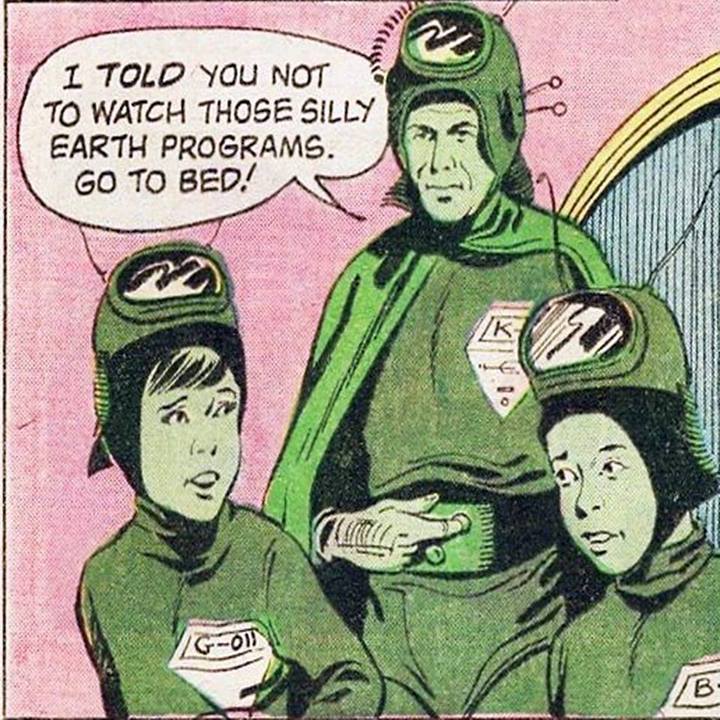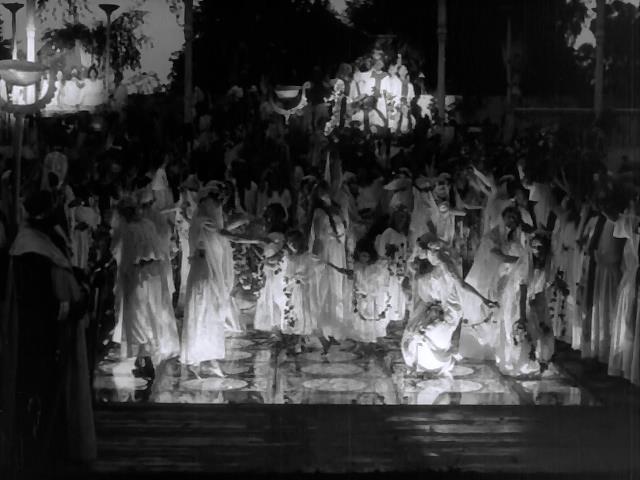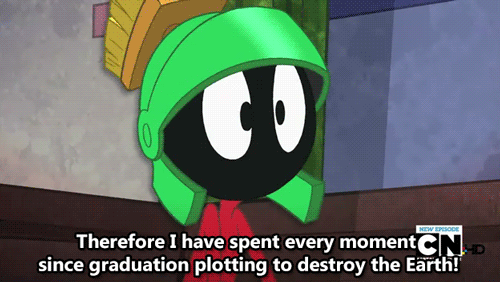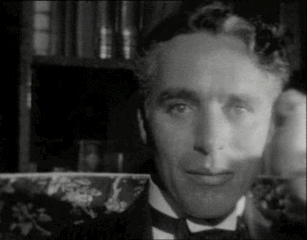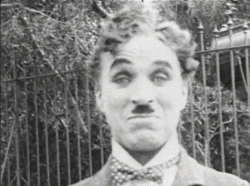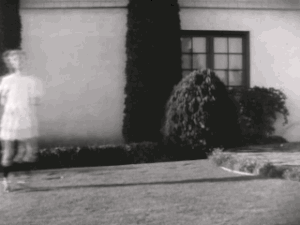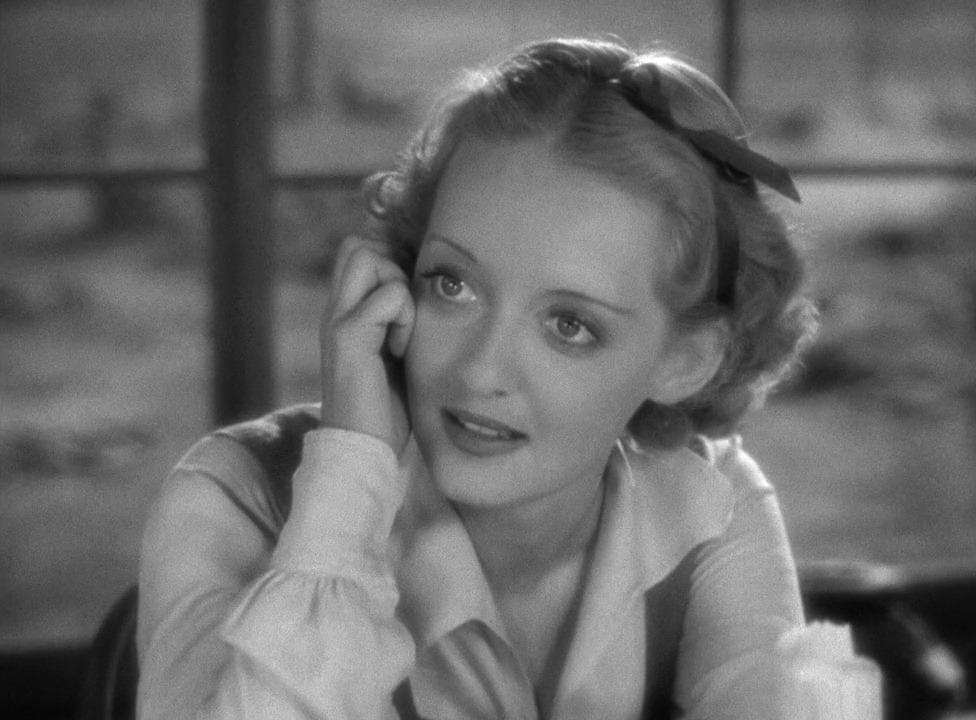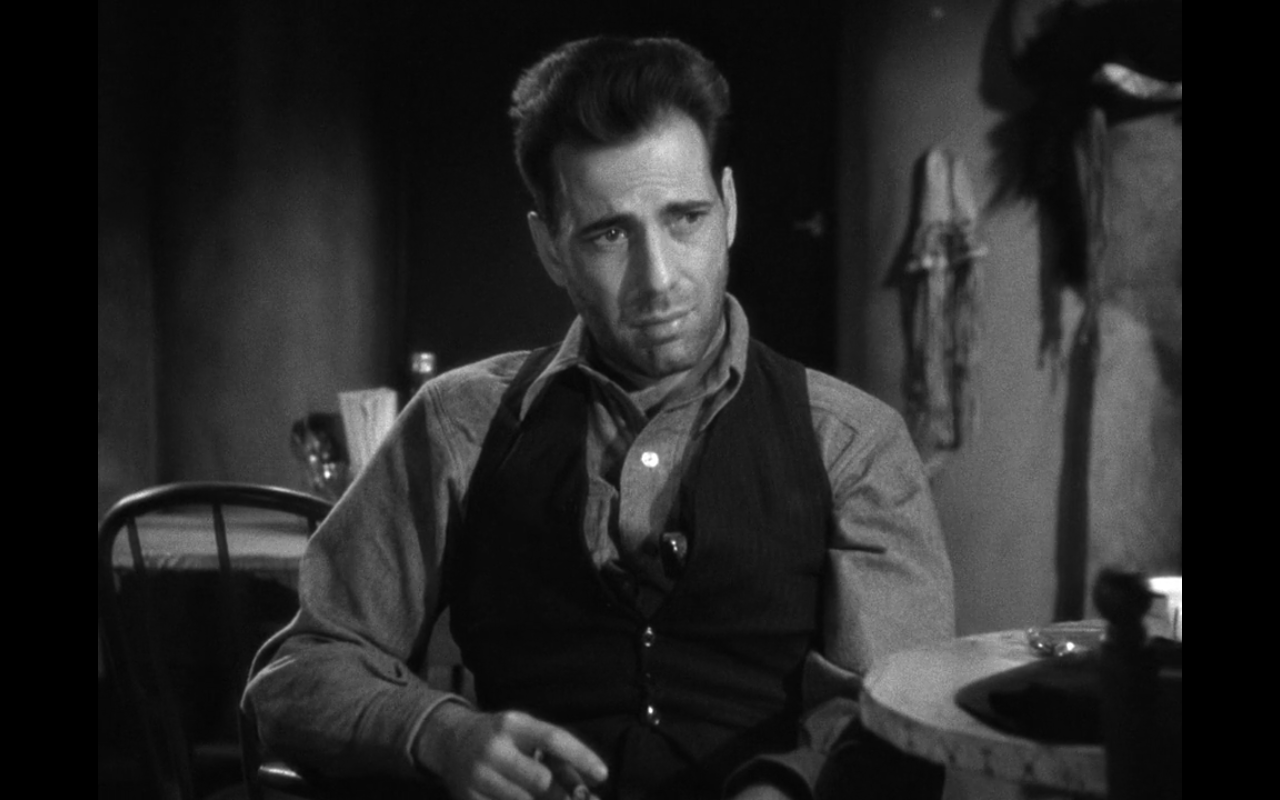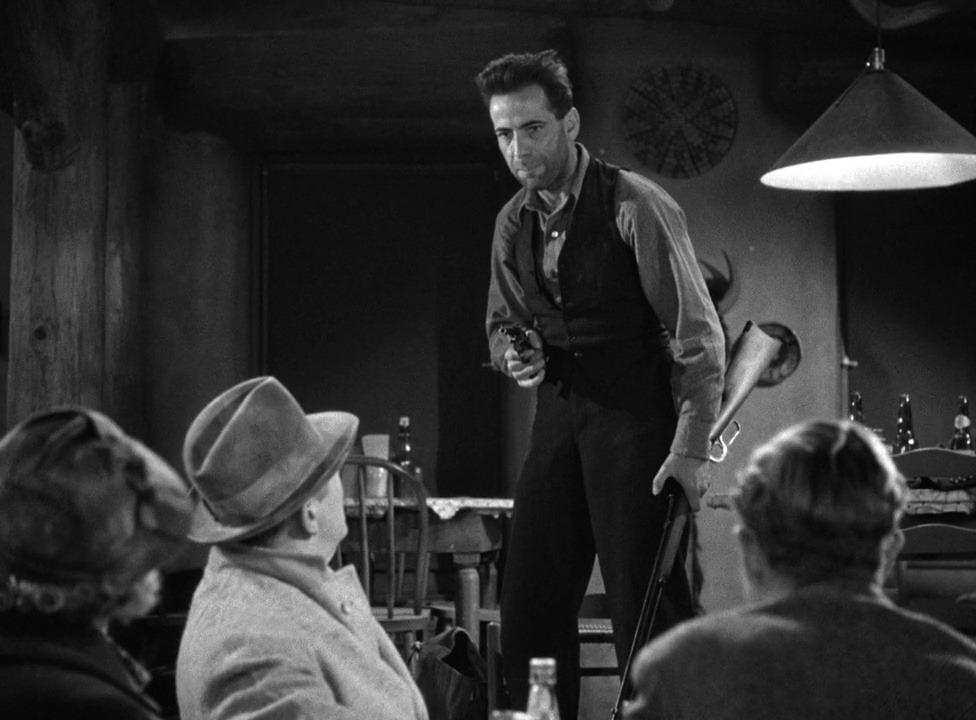Um guia de William Holden para ter "Férias de Amor" (1955)
A primeira vez em que eu vi William
Holden foi em uma propaganda do filme “Férias de Amor”. Eu me lembro bem de seu
peito nu. Mas eu não me apaixonei por Holden naquele instante. Demoraria algum
tempo até que eu fosse ver os seus filmes, incluindo “Férias de Amor”. A visão
do peito dele não mudou minha vida, mas mudou a de Kim Novak, Rosalind Russell,
Berry Field e Susan Strasberg.
The first
time I ever saw William Holden, it was in a commercial for “Picnic”. I remember
well his bare torso. But I didn't fall in love with him right then. It would
take me some time to watch his films, including “Picnic”. The sight of his
torso didn't change my life like it did for Kim Novak, Rosalind Russell, Betty
Field and Susan Strasberg.
Em “Férias de Amor”, William Holden
interpreta Hal Carter, um homem sem rumo que acaba de chegar a uma cidadezinha
do Kansas, onde more um velho amigo da faculdade que ele acredita que poderá
ajudá-lo. A primeira pessoa que se torna amiga de Hal é a senhora Helen Potts
(Verna Felton), vizinha da família Owens. A senhora Potts, as Owens e
praticamente todos na cidade irão a um piquenique para comemorar o Dia do
Trabalho naquela tarde, e Hal é também convidado para o evento – e nem imagina
que isso mudará sua vida.
In “Picnic”
William Holden plays Hal Carter, a man without a plan that has just arrived to
a small city of Kansas, going after his friend from college, who may help him.
The first person Hal befriends is the nice Mrs Helen Potts (Verna Felton),
neighbor to the Owens family. Mrs Potts, the Owens and basically everybody else
in town will attend the Labor Day Picnic that afternoon, for which Hal is
invited – not knowing it'd change his life.
Aqui está o guia de William Holden de
como se comportar em um piquenique:
Here it is
William Holden's guide on how to behave in a picnic:
1- Convide uma garota para ir ao
piquenique com você – mesmo se você a tiver conhecido apenas algumas horas
atrás. Seja muito legal com ela. Se ela é uma moleca, assim como Millie (Susan
Strasberg), é uma boa ideia apostar corrida até o carro e ir cantando músicas
populares até o local do piquenique.
1- Invite a
girl to go to the Labor Day Picnic with you – no matter if you have met her f0r
only a few hours. Be very nice to her. If she is a tomboy, like Millie (Susan
Strasberg), it's a good idea to race her to the car and to sing old folk songs
from home until the picnic.
2- Não se envergonhe por ter de pedir
emprestadas as roupas de outra pessoa. Talvez você precise da ajuda de um
colega da faculdade para ficar bonito! E ninguém te julgará se você tirar o
paletó no meio do evento.
2- Don't be
ashamed to ask for someone else's clothes. Maybe you'll need the help from a
friend from college to look dapper! And nobody will judge you if you take off
your blazer in the middle of the party.
3- Veja se as mães estão de olho nos
seus filhos – se cordas forem necessárias para garantir a segurança, tudo bem.
3- Be sure
that mothers are keeping an eye on their kids – if ropes are necessary for this
to happen, OK.
4- Participe de jogos divertidos,
mesmo que eles pareçam bobos. A corrida com três pernas é um clássico!
4- Engage in
fun games, no matter if they look silly. The three-legged race is a classic!
5- Saiba que, para algumas pessoas, o
piquenique é um evento social que pode mudar a vida delas para sempre. É o caso
de Flo (Betty Field), uma mulher simples que quer que sua filha se case com um
herdeiro.
5- Know that,
for some people, the picnic means a social gathering in which their lives can
change forever. This happens to Flo (Betty Field), a simple woman who wants her
daughter to get married to a heir.
6- Saiba que, para outras pessoas, um
piquenique traz tristeza e ressentimento. É o caso de Madge (Kim Novak), que
está cansada de ser considerada apenas uma garota bonita, e Alan Benson (Cliff
Robertson), que tem problemas com o pai e vai falar umas verdades para seu
velho amigo da faculdade.
6- Know that,
for other people, a picnic brings sorrow and resentment. This happens to Madge
(Kim Novak), who is tired of being just a pretty girl and nothing else, and
Alan Benson (Cliff Robertson), who has troubles with his father and is ready to
tell what he really thinks about his old college friend.
7- Não tenha medo de mostrar os
passos de dança que você conhece.
7- Don't be
afraid to show the moves you've got.
8- Saiba que haverá um momento em que
você pensará que existem no mundo somente você e a pessoa por quem você se
apaixonou.
8- Know that
there will be a moment when you'll think that there are only you and the person
you fell in love with in the world.
9- Entenda que algumas pessoas sofrem
muita pressão durante um piquenique e podem beber demais. A senhorita Rosemary
Sydney (Rosalind Russell), uma professora solteirona, passa por isso durante
seu encontro com o comerciante Howard (Arthur O'Connell). Tenha
paciência com pessoas que se embebedam em piqueniques.
9- Understand
that some people are in a lot of
pressure during a picnic and may drink too much. Miss Rosemary Sydney
(Rosalind Russell), a spinster schoolteacher, goes through this in her date
with businessman Howard (Arthur O'Connell). Be patient with people who get drunk
at picnics.
10 – Tudo é muito divertido até que
você é acusado de fazer algo que não fez e tudo sai do controle. Quando isso
acontece, escolha bem quem será sua companhia na fuga, com quem você dividirá
seus segredos.
10-
Everything is all fun and games until you're accused of doing stuff you haven't
done and everything spirals out of control. When this happens, choose wisely
who will be your escape companion with which you'll share your secrets.
As coisas começam a esquentar a
partir daqui. “Férias de Amor” é um filme charmoso, com um clima agradável até
a metade e um ritmo completamente diferente a partir de então. Devemos prestar
atenção a Rosalind Russell, em uma performance perfeita com boa dose de
ridículo – não no sentido engraçado, mas no sentido de que sentimos pena de sua
personagem. O piquenique pode ser o destaque do filme, mas é também só o ponto
de partida para mudanças em muitas vidas.
Things will
just start heating from here. “Picnic” is a charming movie, with a nice feeling
until half the projection, and a completely different pace from then on. We
must pay attention to Rosalind Russell, in a perfect performance with a good
amount of ridiculousness – not in the humorous sense, but in the sense that we
may feel sorry for her character. “Picnic” may be the title of the movie, but
it's just the starting point for changes in many human lives.
This is my
contribution to the 3rd Golden Boy Blogathon, hosted by Virginie,
Michaela and Emily at The Wonderful World of Cinema, Love Letters to Old Hollywood and The Flapper Dame.





